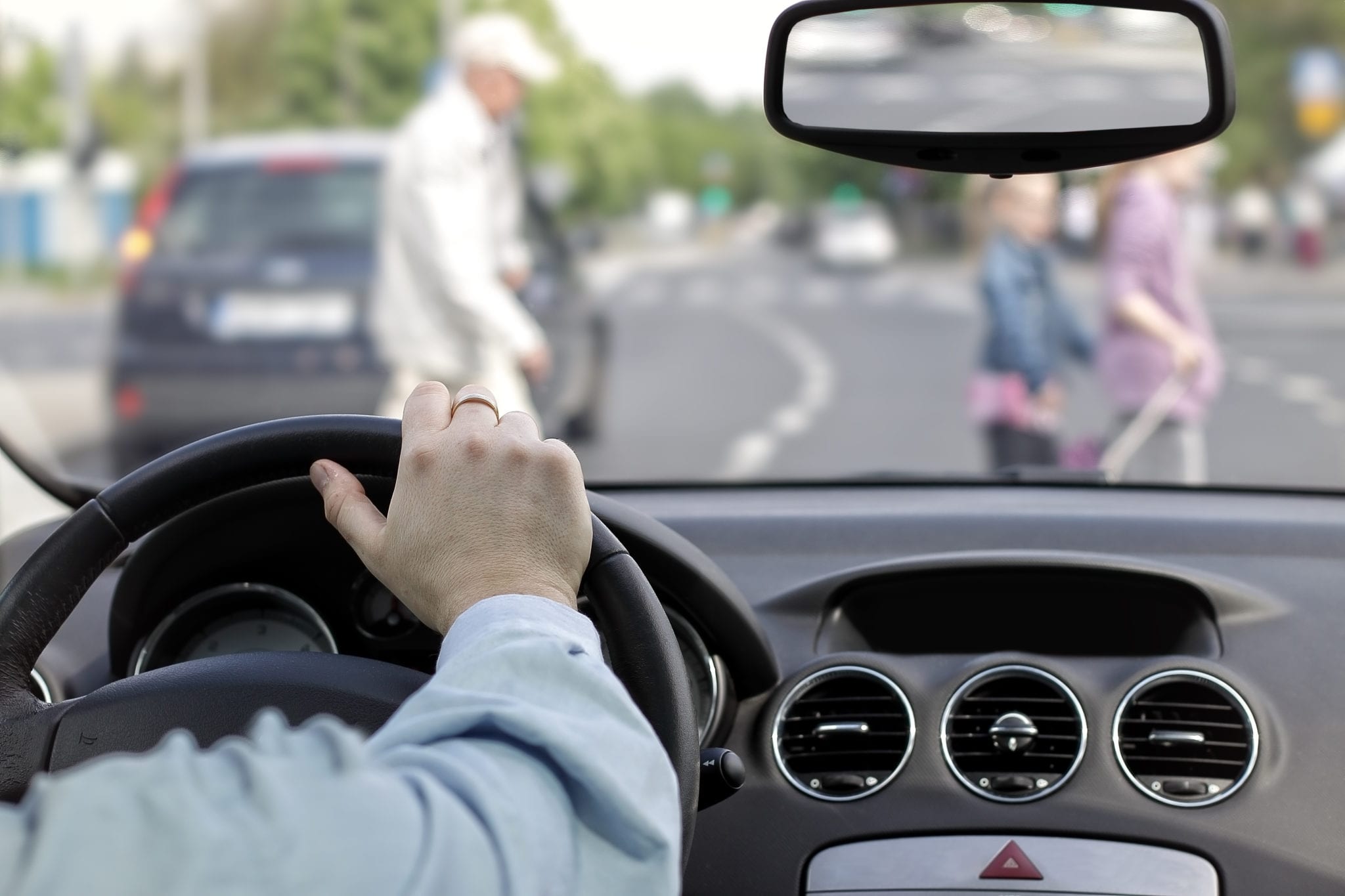
Car Accidents and Pedestrians
The Centers for Disease Control and Prevention reported that, in 2013, there were 4,735 pedestrians killed in traffic incidents in the United States. That means that a pedestrian is killed by a vehicle every two hours. Another 150,000 pedestrians were treated for non-fatal injuries related to crashes in 2013 as well. In fact, the CDC reports that pedestrians are 1.5 times more likely to be killed than the average vehicle occupant on each trip.
According to the Georgia Governor’s Office of Highway Traffic Safety, there were 130 pedestrian fatalities in 2011, one of the lowest statistics on record. There are, nonetheless, roughly 2,000 pedestrian-related accidents in Georgia each year according to the Georgia Department of Public Health.
Even accidents at slow speeds can cause serious injuries for pedestrians. At just 10 miles per hour, a vehicle can severely disable a pedestrian because of the huge size and weight differences between the car and the pedestrian. Drivers have a responsibility to keep a close eye out for pedestrians and stop if there is an accident.
Determining Fault in Pedestrian Accidents
Pedestrian accidents are similar to the average car accident in that the law in those situations is still based on negligence– meaning someone (or both people) were acting carelessly or recklessly at the time of the accident.
Georgia law requires that drivers stop for pedestrians that are in the crosswalk when they are on the same side as the driver. They are also required to stop if the pedestrian is on the opposite side of the driver, and walking toward the driver’s side of the road. These two requirements essentially mean that if a pedestrian is attempting to cross the road on a designated crosswalk, the driver must stop. If a pedestrian is injured in a crosswalk, then the pedestrian may have a legal claim against the driver.
If a pedestrian jumps into the road or crosses the road illegally, the driver may still have some liability, but it will not be as clear-cut as if the pedestrian was in a crosswalk. In some states, if a pedestrian is hit outside of the crosswalk, that can prevent the driver’s liability. However, Georgia is not one of those states. Illegally walking on or across the road usually decreases the driver’s responsibility for the damages and often results in a defense verdict. However, there are situations where a plaintiff can prevail despite not being in a crosswalk. A good example would be when the driver was drunk or texting.
Promoting Pedestrian Safety
The number of pedestrians overall is expected to increase in coming years as more individuals make healthy lifestyle changes. Pedestrians can decrease their odds of being involved in an accident by:
- Wearing gear that increases visibility, like reflective clothing and bright colors
- Carrying a flashlight when walking at night
- Always crossing the street at a designated crossing point or intersection
- Walking on a sidewalk or path whenever possible
- Walking on the shoulder of the road facing traffic, if a sidewalk or path is not available
As most pedestrian accidents occur in urban areas, at night, and in non-intersection locations, using these tips can help avoid a pedestrian accident altogether.
If you or a loved one has been involved in an accident as a pedestrian or involving a pedestrian, you have legal rights. Call Williams Elleby Howard & Easter for more information or to set up an appointment.






